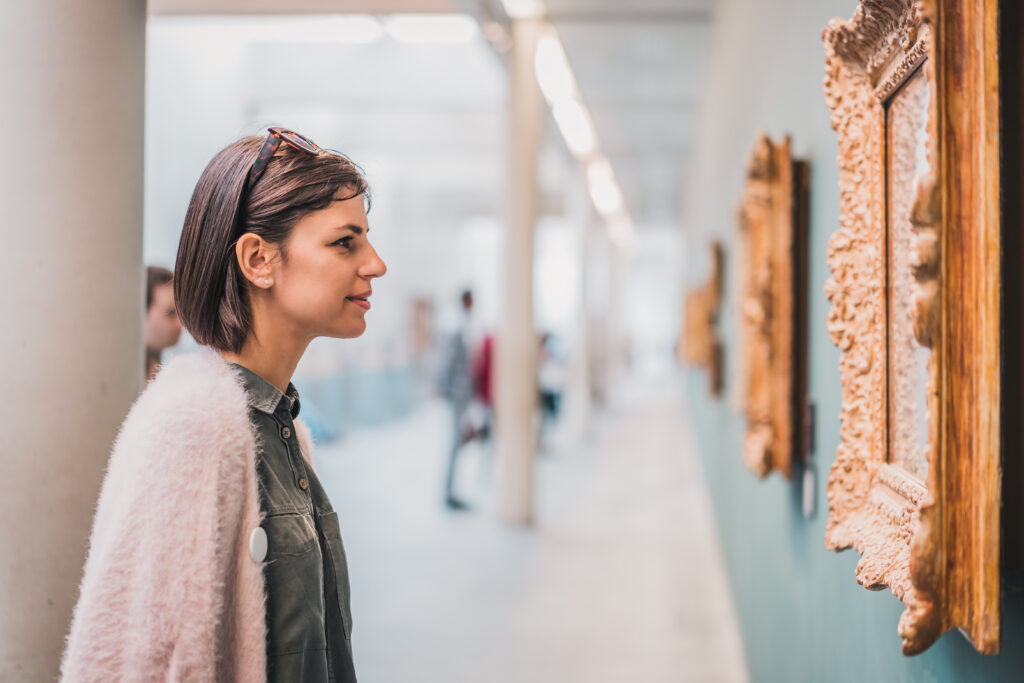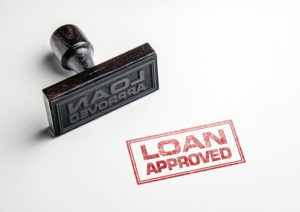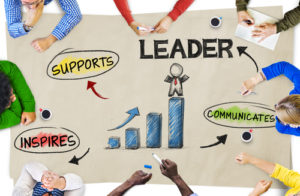Art as an Investment?

Art as an Investment?
“Beauty is truth, truth beauty”—that is all/Ye know on earth, and all ye need to know.”
—John Keats, “Ode on a Grecian Urn”
Well, yes, but many who collect works of art—whether Grecian urns or Ming vases, Rembrandts or Warhols—and many who share the growing interest in art as an investment have several major practical questions for which they seek answers.
Perhaps the first is simply: Is art a good investment?
Jianping Mei and Michael Moses, two professors at New York University’s Stern School of Business, have done extensive research that bears on this question. John Dobosz on Forbes.com (09.09.03) reports that over a number of periods of time, the Mei/Moses All Art Index (based on data from paintings that came to market in New York or London more than once since 1875) has outperformed the S&P 500-stock index. For example: It topped the S&P 500 by 1.2% over the last 50 years; by 8.0% over the last five years; and by 18.2% over the last three years.
Note: An index is an unmanaged measure of performance. It is not possible to invest in an index. But although past performance is no indicator of future results, such statistics may suggest that discerning investors might at least want to give some thought to adding art to their portfolios.
The next major question that investors might ask is: What function could art serve in a portfolio?
Godfrey Barker, in an article entitled “Give ’Em Shelter” (Forbes, 12.24.01), provided several classic examples of what he calls “art’s role as a refuge.” For example, the stock market swooned in October 1987. Yet in November 1987 a Van Gogh sold for a record $53.6 million. Similarly, in 2001, with New York City staggering under the impact of recession, terrorism and war, sales at the major auction houses set records for more than 30 artists.
In his article Barker explores the implications of a study by Mei and Moses of art values during 27 recessions and four wars. The study indicates that art values tend to hold up well during periods of economic difficulty and that art indexes outperform major stock indexes during times of war. A corollary to art’s investment role in tough times, Barker adds, is that in better economic times—such as the tech boom of the 1990s—and in peacetime, collectors may be “likelier to invest elsewhere for quicker and better returns.”
Peter Scott S. Sahlman, head of an art consultancy, noting the research by Mei and Moses on the different rhythm that price appreciation for fine art has from that for stocks, advocates a role for art as a balancing or stabilizing asset. He says: “By buying fine art at the correct price your hard asset art portfolio can balance your securities, real estate, bond and hedge fund portfolio. When fine art is bought below gallery/retail prices [for example, by a shrewd buyer or professional consultant] it will stabilize the volatility of your entire portfolio and position your art collection for upside appreciation.”
However, investors intrigued by these possibilities should also remember the old saying “Buyer beware” and so should ask: What caveats should I bear in mind when seeking to invest in art?
Sahlman’s Web site (http://www.sahlman.com/art_advisory services) has a good list of such caveats, as does Standard & Poor’s publication “Investing in Fine Art.” Some of the most important ones are:
• Anything that can be said about art as an investment obviously applies only to genuine art and not fakes or forgeries. Investors need to be able to find out what is authentic and what is not.
• Art prices may be quite unpredictable, and investment horizons may run for decades. (That is why investments in art often end up as parts of estates.)
• The market for art is generally illiquid—the ability to convert a holding into cash expeditiously is limited.
Many investors over the years, though, would attest that such risks are manageable. But when buying art, there is one truth that above all others serves to make the risks worth taking: If you buy something only because you love it for its beauty or some other aspect of aesthetic or personal appeal, you can never really lose. Keats would, surely, agree with that.
—————————————————————————————————————————————————————————————————————
We hope you found this article about “Art as an Investment?” helpful. If you have questions or need expert tax or family office advice that’s refreshingly objective (we never sell investments), please contact us or visit our Family office page or our website at www.GROCO.com. Unfortunately, we no longer give advice to other tax professionals gratis.
To receive our free newsletter, contact us here.
Subscribe our YouTube Channel for more updates.

Alan Olsen, is the Host of the American Dreams Show and the Managing Partner of GROCO.com. GROCO is a premier family office and tax advisory firm located in the San Francisco Bay area serving clients all over the world.
Alan L. Olsen, CPA, Wikipedia Bio

GROCO.com is a proud sponsor of The American Dreams Show.

The American Dreams show was the brainchild of Alan Olsen, CPA, MBA. It was originally created to fill a specific need; often inexperienced entrepreneurs lacked basic information about raising capital and how to successfully start a business.
Alan sincerely wanted to respond to the many requests from aspiring entrepreneurs asking for the information and introductions they needed. But he had to find a way to help in which his venture capital clients and friends would not mind.
The American Dreams show became the solution, first as a radio show and now with YouTube videos as well. Always respectful of interview guest’s time, he’s able to give access to individuals information and inspiration previously inaccessible to the first-time entrepreneurs who need it most.
They can listen to venture capitalists and successful business people explain first-hand, how they got to where they are, how to start a company, how to overcome challenges, how they see the future evolving, opportunities, work-life balance and so much more..
American Dreams discusses many topics from some of the world’s most successful individuals about their secrets to life’s success. Topics from guest have included:
Creating purpose in life / Building a foundation for their life / Solving problems / Finding fulfillment through philanthropy and service / Becoming self-reliant / Enhancing effective leadership / Balancing family and work…

MyPaths.com (Also sponsored by GROCO) provides free access to content and world-class entrepreneurs, influencers and thought leaders’ personal success stories. To help you find your path in life to true, sustainable success & happiness. It’s mission statement:
In an increasingly complex and difficult world, we hope to help you find your personal path in life and build a strong foundation by learning how others found success and happiness. True and sustainable success and happiness are different for each one of us but possible, often despite significant challenges.
Our mission at MyPaths.com is to provide resources and firsthand accounts of how others found their paths in life, so you can do the same.
Obtaining Financing
Obtaining Financing Whether you are a small or medium size business, the process of obtaining a loan is similar. Commercial lenders are interested in: The purpose of the loan. With a seasonal loan, for example, the borrower is able to pay the loan back when inventories and receivables decline after a seasonal surge in business,…
The Keys to Helping New Leaders Find Their Niche
The Keys to Helping New Leaders Find Their Niche The process to become a good leader is exactly that. A process. It doesn’t usually happen overnight. Good leaders have to learn and develop their skills and abilities and then hone them as they practice them. That takes time and experience. Sometimes there are bumps in…
What Happens to the AMT in 2018
What Happens to the AMT in 2018? As the dust is now settled on the Tax Cuts and Jobs Act, one glaring tax has remained standing, with relatively few changes. The alternative minimum tax or AMT. The first “minimum” tax started with the passing of the Tax Reform Act of 1969. With it was announced…
Is Cryptocurrency Really Secure?
Is Cryptocurrency Really Secure? If you’ve been following the cryptocurrency market then no doubt you’re aware of the volatility of this digital currency. You’ve already seen the massive swings that Bitcoin, Ripple and others have taken over the past several months. Although the big jumps and crashes have made most of the cryptocurrency headlines. There…




